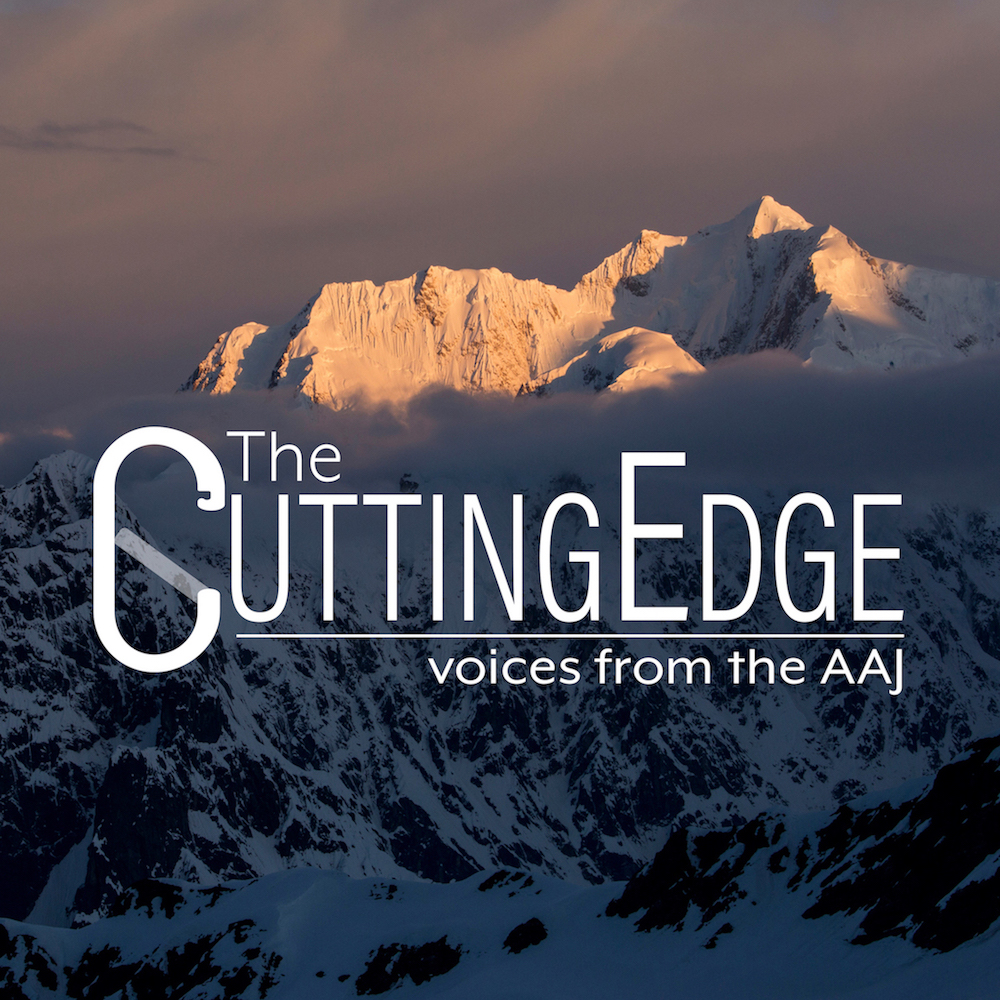Mt. Huntington, west face, Scorched Granite (major variation to Colton-Leach route)
Alaska, Central Alaska Range
 The shaded corner of grey granite in the center of the Mt. Huntington’s west face rose above me toward the cobalt sky. Stemming my frontpoints against the walls of the dihedral, I could hear my breath in the stillness of the high-pressure air. My tools were stuffed in a hand-sized crack choked with rotten ice: too insubstantial for good tool placements, yet tenacious enough to coat the guts of the crack, prohibiting rock protection. I looked down at my last pieces of gear, well below me now, just above the belay. As I turned my head upward, I heard Josh Wharton shouting encouragement: “Dream line!”
The shaded corner of grey granite in the center of the Mt. Huntington’s west face rose above me toward the cobalt sky. Stemming my frontpoints against the walls of the dihedral, I could hear my breath in the stillness of the high-pressure air. My tools were stuffed in a hand-sized crack choked with rotten ice: too insubstantial for good tool placements, yet tenacious enough to coat the guts of the crack, prohibiting rock protection. I looked down at my last pieces of gear, well below me now, just above the belay. As I turned my head upward, I heard Josh Wharton shouting encouragement: “Dream line!”
This climb had originated months before, in Vail’s dank limestone amphitheater, when I ran into Mark Westman. “So, are there any plums left in the Ruth?” I asked. Mark’s eyes lit up. “Yeah, sure, but do you remember that smear on the west face of Mt. Huntington? It’s up and left of the Colton-Leach. It forms every year. I’ll send you a photo.” A couple of weeks later I stared at Mark’s photo on my computer, astonished that the striking line of ice had never been climbed. It was a compelling swath of untouched terrain between Polarchrome and the Colton-Leach, leading to the French Ridge. Mark and my other partners were busy. In the end, Josh Wharton would join me. A weather window appeared the second week in May, and we quickly packed our bags and flew ourselves to Alaska in my small plane.
Fleeting memories of all that had led to my current position, hanging beneath the crux of our new route, flashed through my mind. My crampon skated, casting sparks against the rock and emitting the unmistakable odor of scorched granite. I placed a shallow micro-cam and a solid RP and liebacked with my tools up the crack beneath a cruxy, overhanging bulge. A few meters higher, I glanced at a shallow shelf; I prayed it held a crack. Once hooking the shelf, I stuffed a solid cam into the precious, dry, horizontal crack. I looked down between my legs and screamed in euphoric rage. I knew at that moment the route was going down.
We finished up the final pitches of steep ice, gained a horizontal ledge, traversed leftward into the base of a couloir, and then continued up moderate mixed terrain to the French Ridge. These upper snow slopes have been known to stymie even the most seasoned alpinists with bottomless depth hoar. For us the French Ridge was in ideal shape with styrofoam-like névé and patches of alpine ice for solid screws. We reached the summit at 5:30 p.m., basking in the warm evening sun. The descent along the upper Harvard Route was straightforward and uneventful, and we finished rappelling the west face couloir as the late-evening shadow engulfed us. We continued down snow slopes and across the bergshrund, and walked back into camp at 11:30 p.m., merely 13 and a half hours after leaving.
As Josh likes to say, so much of alpine climbing is about luck, so half the battle is simply showing up. Sometimes, you just get lucky: Scorched Granite (4,200', M7 AI6).
Will Mayo











